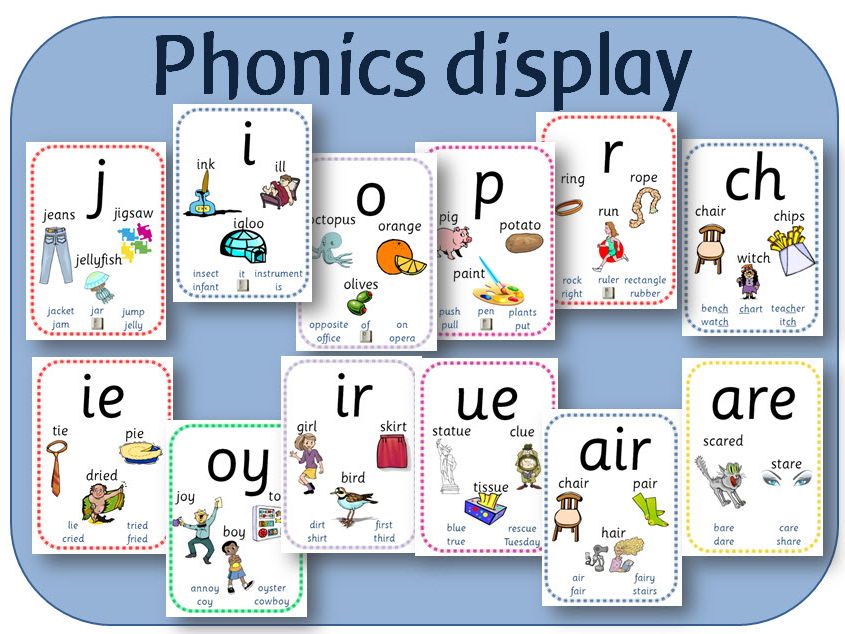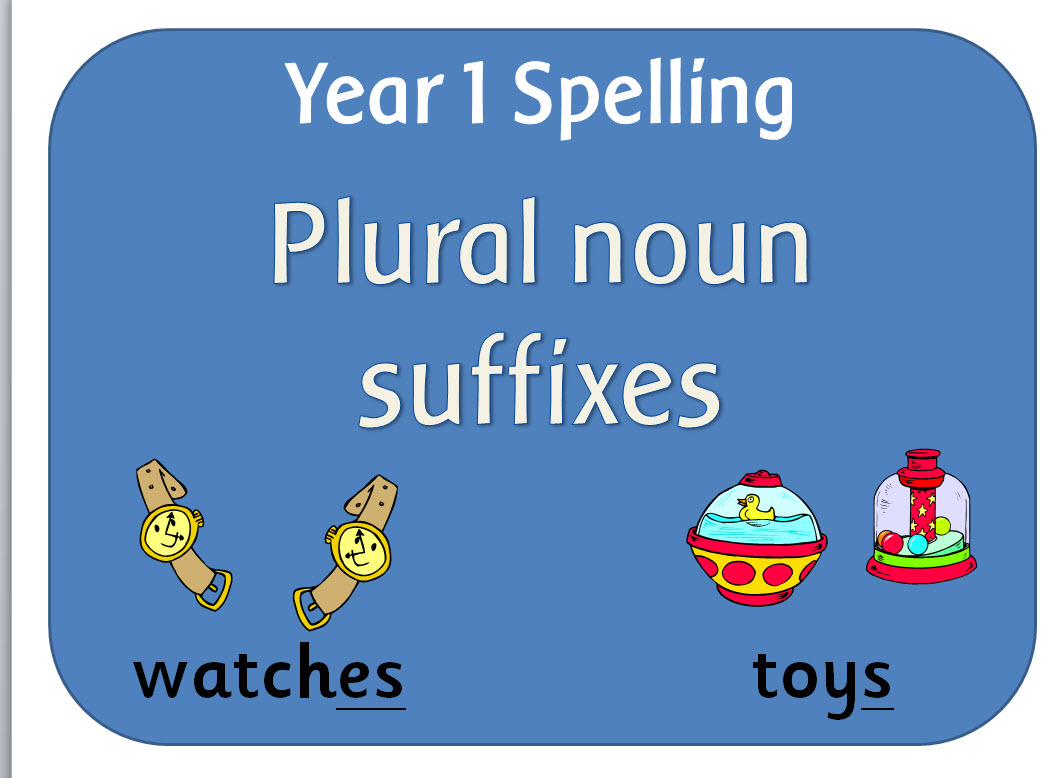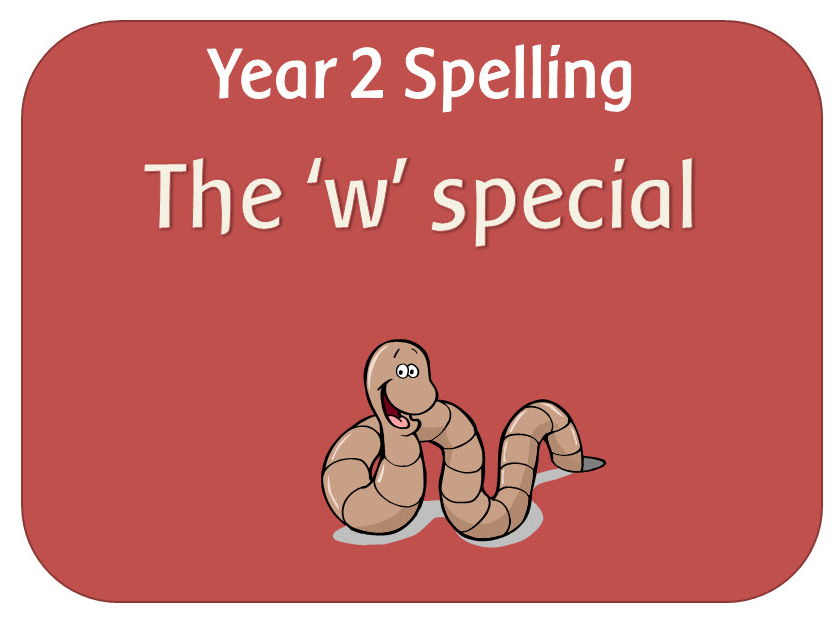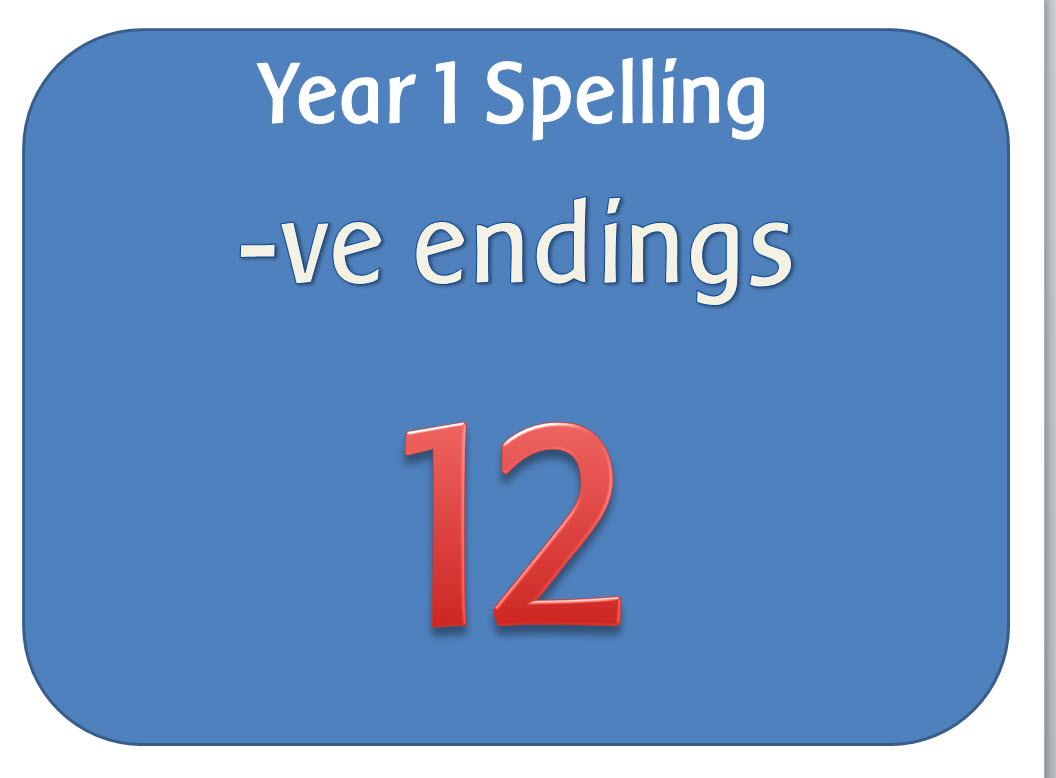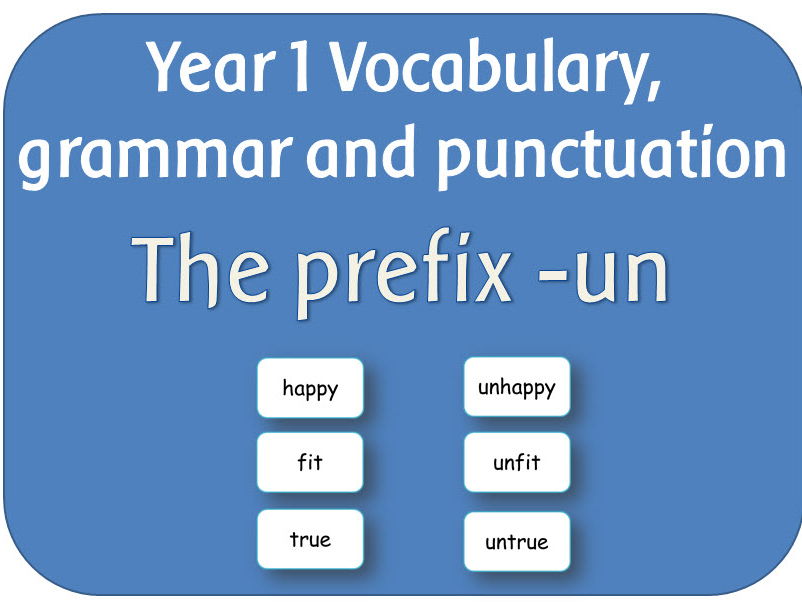
404Uploads
1073k+Views
683k+Downloads
All resources

Y1 Maths Geometry - position and direction
There are 4 powerpoints in this set:
Pivots: Shows examples of objects with pivots and how they work
Pivot worksheet (pdf): Objects with pivots
Objects that turn about a line: Shows examples of these kinds of objects.
Turns around a point - shows quarter and half turns on a clock.
Describing position: Shows different scenarios (Inside a house; a lounge; garage; bedroom, and classroom) and asks the children to describe the position of different objects using a range of vocabulary to describe position.

Year 1 Maths Number: One step subtraction problems
A set of powerpoints with different problems that involve subtraction.
Finding the difference – Strategies: ways of finding the difference between two numbers
Sale at the toy shop: practical subtraction problems
Subtraction strategies: shows different ways that addition can be done, including counting back, using a number line, using fingers etc.
Taking away in the toy box: simple taking away activities
Taking away on the bus: subtraction problems using people getting off a bus.

Phonics flashcards
A set of 76 phonics display/flashcards to use in KS1.
There are 2 A5 cards on a page. Each card contains pictures and a list of words including the relevant common exception words for Year 1.
The first set contains the letters of the alphabet.
The second set contains the consonant digraphs and vowel digraphs and trigraphs in the Y1 Spelling appendix.
The third set contains extra graphemes identified in the Letters and Sounds phonics programme.

SPaG Year 5 & 6 Spelling: Use of the hyphen
A powerpoint lesson and a jigsaw activity to teach the spelling guidelines:
Hyphens can be used to join a prefix to a root word, especially if the prefix ends in a vowel letter and the root word also begins with one.

SPaG Year 1 Spelling: Adding s and es to words (plural of nouns and third person singular of verbs)
A set of resources to teach the guideline/rule in the Spelling Appendix: If the ending sounds like /s/ or /z/, it is spelt as –s. If the ending sounds like /ɪz/ and forms an extra syllable or ‘beat’ in the word, it is spelt as –es.
4 POWERPOINTS:
Introduction to regular plural noun suffixes: Explains what singular and plural is, and when to add s or es to nouns.
Regular suffix s and es sentences: Gives the spelling rule, if the ending sounds like /s/ or /z/, it is spelt as s. If the ending sounds like /ɪz/ and forms an extra syllable or ‘beat’ in the word, it is spelt as es. It gives examples of different types of words with these endings and ends with sentences for children to think of the missing plural word.
s or es quiz: Interactive quiz where the children have to choose between adding s or es.
ACTIVITIES:
Adding s or es worksheet: A list of words to make plural.
Show me cards - s or es
WORD:
Outline adaptable plan
List of words with plurals and verbs ending -es

SPaG Year 2 Spelling: the /n/ sound spelt kn and gn
A set of resources looking at the /n/ sound spelt kn and gn at the beginning of words.
POWERPOINT: Explains the spelling and gives a short explanation of why these types of word exist, then gives examples for the children to read. Then there is a spelling activity, using a look, hide and check format
BINGO: Two sets, kn words and kn and gn words
CARDS: Matching cards with words and pictures
WORDSEARCH: kn words
WORD DOCUMENTS: Lists of words and a planning document.

SPaG Year 5 & 6 Spelling: Adding suffixes beginning with vowel letters to words ending in –fer
Resources to teach the spelling guidelines for adding suffixes beginning with vowel letters to words ending in fer
POWERPOINT
Adding vowel suffixes to words ending fer: Explains the rule then gives the children opportunity to write the words applying the spelling rule.
PDF (PRINTABLE) RESOURCES
Complete the fer matrix worksheet
Word list

SPaG Year 2 Spelling: The /ɒ/ sound spelt a, or and ar after w (and qu)
A set of resources looking at the spelling guidelines for:
The /ɒ/ sound spelt a after w and qu
The /ɜ:/ sound spelt or after w
The /ɔ:/ sound spelt ar after w
There is a powerpoint for each sound, a bingo game containing all the spellings, plus a word list and outline plan.

Spag Punctuation posters: KS1 KS2 Years 1 to 6 display pack
A set of 22 A4 posters describing, naming and explaining different types of punctuation
The posters cover all the punctuation outlined in the English National Curriculum.
The titles of the posters are:
Punctuation
Capital letters
Spaces
Sentence
Full stop
Question mark
Exclamation mark
Apostrophes for contractions
Apostrophes for ownership
Comma
Commas for lists
Inverted commas
Ellipsis
Hyphen
Colons to introduce a list
Colons for independent clauses
Semi-colon
Bullet points
Dash
Brackets
Plus 2 'DO NOT...' posters:
Do not use an apostrophe for 'its' when it is a possessive adjective
Do not use an apostrophe for plurals
Each poster contains the title and explanation and an image / examples
Plus a 'Punctuation' banner that prints onto 3 A4 pages and a border to frame a display.

SPaG Year 3 & 4 Spelling: The /ʌ/ sound spelt ou
Resources to teach the spelling guidelines for the /ʌ/ sound spelt ou
POWERPOINTS
U spelt ou: Talks about how the /u/ sound can be spelt ou, and gives examples of words containing the grapheme. It ends with a spelling activity.
PDF (PRINTABLE) RESOURCES
Look Write Cover Check: For spelling practice
u spelt ou word cards
TEACHER RESOURCES
Word list
Adaptable outline plan

SPaG Year 1 Spelling pack: Words ending ve
A set of resources to teach the guideline/rule in the Spelling Appendix:
English words hardly ever end with the letter v, so if a word ends with a /v/ sound, the letter e usually needs to be added after the ‘v’
POWERPOINT RESOURCES:
Words ending -ve: explains the spelling rule and gives examples of words for a class activity where the children can try to spell the words.
PDF:
Wordsearch: words ending ve
Worksheet: Jumbled up words to rearrange.
WORD:
-ve word list
Outline adaptable plan

SPaG Year 3 Grammar: Paragraphs, headings, sub-headings and present perfect form of verbs
POWERPOINTS:
Paragraphs:An introduction to paragraphs, explaining what they are and how to write them.
Headings and sub-headings:An introduction to headings and sub-headings, explaining what they are and where and how they can be used.
Present perfect:Explains what the present perfect tense is and how it is formed. It ends with sentences for the children to rewrite using the present perfect tense.
PDF activity: Present perfect worksheet

SPaG Year 5 Terminology powerpoint
Explains the terminology specified in Y5: modal verb, relative pronoun, relative clause, parenthesis, cohesion and ambiguity.

SPaG Year 1: The prefix un
2 powerpoint lessons - how the prefix un- changes the meaning of verbs and adjectives; plus jigsaw cards and a lesson plan.
Adding the prefix un to adjectives: Powerpoint explaining how the meaning of adjectives change when un- is added, ending with an activity
Adding the prefix un to verbs: Powerpoint explaining how the meaning of verbs changewhen un- is added, ending with an activity
Activity cards
Jigsaw cards - root words and the prefix un.

SPaG Year 2 Spelling: The /r/ sound spelt wr
A set of resources looking at words beginning with wr.
POWERPOINT: Explains the spelling and gives examples for the children to read. Then there is a spelling activity, using a look, hide and check format
BINGO: Wr words
CARDS: Matching cards with words and pictures
CROSSWORD: wr words
PRACTICE SHEET: Writing words beginning with wr spelling sheet
WORDSEARCH: wr words
WORD DOCUMENTS: Lists of words and a planning document.

Year 1 Maths Number: Identifying and representing numbers
A set of 15 powerpoints to help children identify and represent numbers with objects and pictures , use a numberline and use language such as equal to, more than etc.

SPaG Year 2 Spelling: The /ɔ:/ sound spelt a before l and ll
A set of resources to teach children that the /ɔ:/ sound (‘or’) is usually spelt as a before l and ll.

SPaG Year 2 Text: Present and past tense and the progressive form of verbs
Four powerpoints looking at past and present verb tenses.
POWERPOINTS
Introduction to tenses: Explains what tense means, and past and present tense, giving examples including the progressive form of verbs.It ends with some examples and opportunities for children to change the tenses of sentences.
Changing present into past tense: Sentences to change
Thinking of verbs and past and present tense: Look at pictures and describe the actions in the present and the past tenses.
Irregular past tense verbs: Explanation and lists of irregular past tense verbs.

SPaG Year 3 & 4 Spelling: Possessive apostrophe with plural words
POWERPOINT:Explains what they are and how to use them then finishes with an activity to reword sentences and put the apostrophe in the correct place.
PDF (PRINTABLE) RESOURCES:
Possessive apostrophes plurals worksheet
PLURAL POSSESSIVE APOSTROPHES POSTERS
A set of posters for display
TEACHER RESOURCES:
Adaptable outline plan

SPaG Year 2 Spelling: Possessive apostrophes activities and display
POWERPOINT
Apostrophes for possession: Explains how to use them, and gives sentences to reword, using apostrophes for possession.
ACTIVITY
Worksheet - Possessive apostrophes
DISPLAY
Single possessive apostrophes posters
TEACHER RESOURCES
Y2 Spelling Appendix - Possesive apostrophes: An adaptable outline plan



